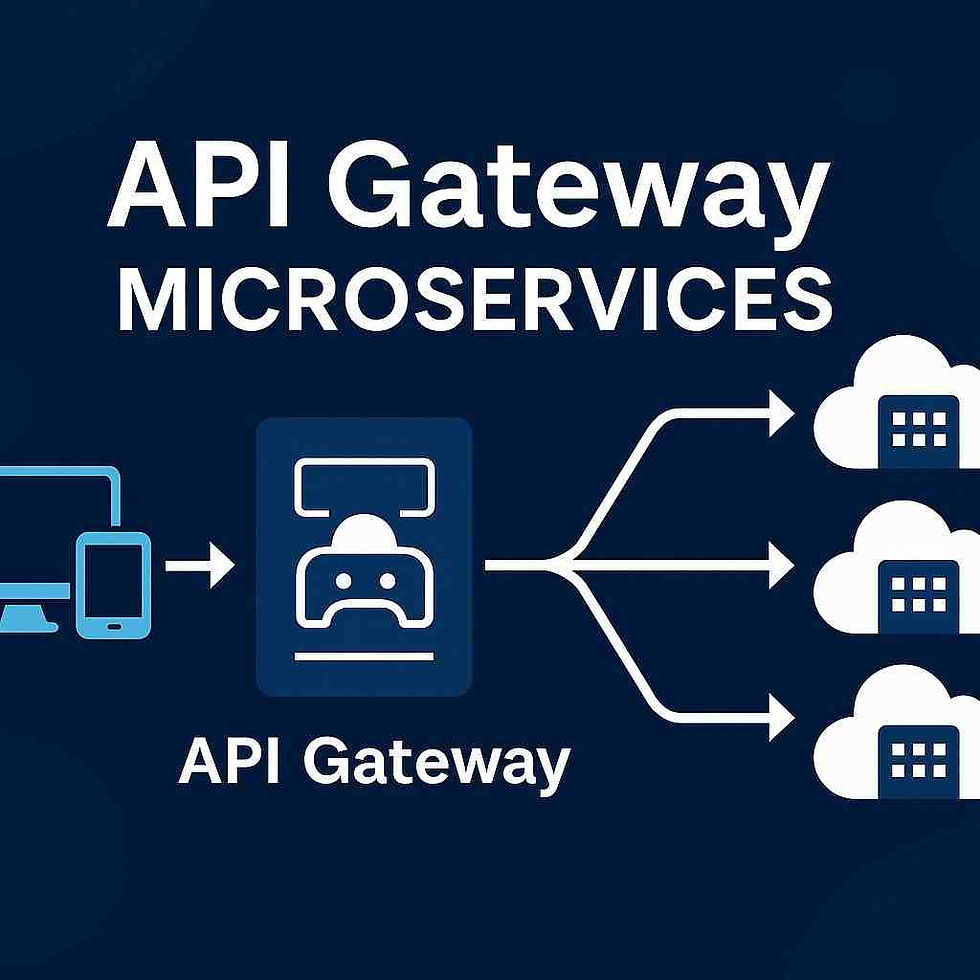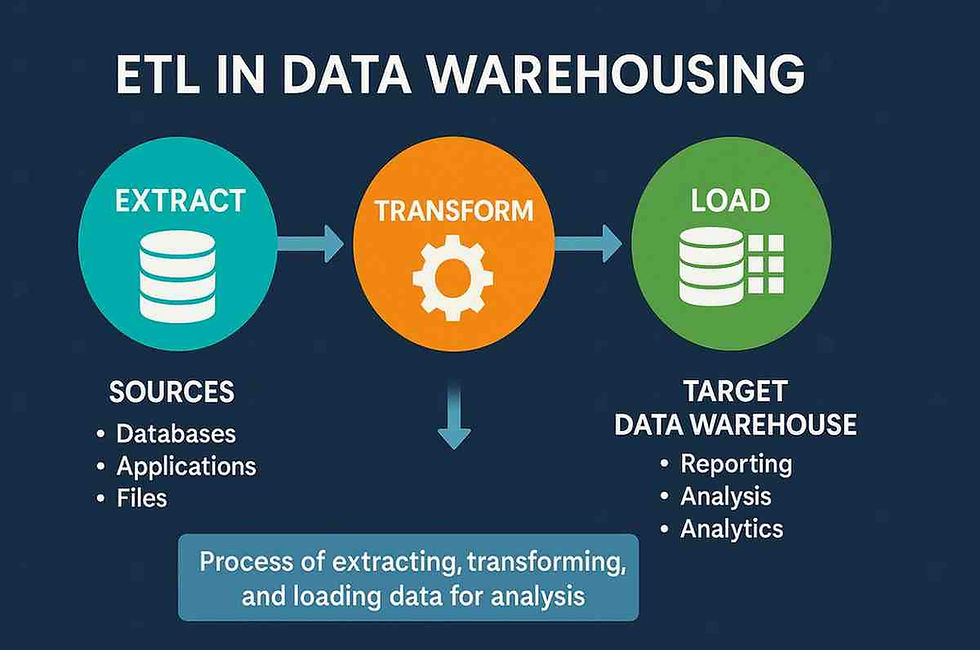Guide to Postwoman API Testing: Features, Benefits & Best Practices
- Gunashree RS
- Jun 13
- 6 min read
What is Postwoman API Testing and Why Does It Matter?
Q: What exactly is Postwoman, and how does it revolutionize API testing?
Postwoman, now known as Hoppscotch, is an open-source API development ecosystem that has transformed how developers approach API testing. Originally launched as Postwoman, the platform rebranded to Hoppscotch in August 2020, but many developers still search for it by its original name.
This lightweight, browser-based tool serves as a powerful alternative to traditional API testing platforms. Hoppscotch processes over 500,000 requests per week, demonstrating its growing adoption among development teams worldwide.
Key Statistics:
500,000+ weekly API requests processed
Open-source with active community contributions
Zero installation required for basic usage
Real-time collaboration capabilities
According to industry expert Sarah Chen, API Testing Consultant at TechFlow Solutions: "Postwoman's transition to Hoppscotch represents the evolution of API testing tools toward more accessible, lightweight solutions that don't compromise on functionality."

How Does Postwoman Compare to Traditional API Testing Tools?
Q: What makes Postwoman different from other API testing platforms?
The API testing landscape has evolved significantly. In 2025, 63% of developers can now produce an API within a week, compared to just 47% the previous year. This acceleration demands more efficient testing tools.
Postwoman vs. Traditional Tools Comparison:
Feature | Postwoman/Hoppscotch | Traditional Tools |
Installation | Browser-based, no install | Desktop application required |
Resource Usage | Lightweight | Memory-intensive |
Collaboration | Real-time sharing | Limited sharing options |
Cost | Free, open-source | Often paid with limits |
Startup Time | Instant | Several seconds |
Unlike bulkier API development tools, Hoppscotch prioritizes speed and efficiency, allowing users to send requests, view responses, and analyze data with minimal latency.
What Are the Core Features of Postwoman API Testing?
Q: Which features make Postwoman essential for API development?
Postwoman offers a comprehensive suite of features designed for modern API development workflows:
Request Management Features
Postwoman supports all HTTP methods, enabling comprehensive testing scenarios. The platform includes:
GET, POST, PUT, DELETE, PATCH requests
Custom headers and authentication
Request body formatting (JSON, XML, form-data)
Environment variables for different testing stages
Request collections for organized testing
Advanced Testing Capabilities
WebSocket testing for real-time applications
GraphQL queries with syntax highlighting
Server-Sent Events monitoring
Response validation and assertions
Automated testing scripts
Dr. Michael Rodriguez, Senior API Architect at CloudTech Inc., notes: "The WebSocket testing capability in Postwoman fills a crucial gap that many traditional tools overlook, especially for modern real-time applications."
How Do You Set Up Postwoman for Optimal API Testing?
Q: What's the best way to configure Postwoman for your development workflow?
Setting up Postwoman is straightforward, but optimizing it requires strategic planning:
Initial Setup Steps
Access the Platform: Navigate to hoppscotch.io (no installation required)
Create Account: Optional but recommended for cloud sync
Configure Environment: Set up development, staging, and production environments
Import Collections: Migrate existing API collections if needed
Environment Configuration Best Practices
Development Environment: https://api-dev.yourcompany.com
Staging Environment: https://api-staging.yourcompany.com
Production Environment: https://api.yourcompany.com
Security Setup
Configure API keys securely
Set up OAuth 2.0 flows
Implement JWT token management
Enable HTTPS for all requests
What Are the Best Practices for Postwoman API Testing?
Q: How can teams maximize their efficiency with Postwoman?
Effective API testing with Postwoman requires following established best practices:
Test Organization Strategy
Collection Structure: Organize tests by feature or service
Naming Conventions: Use descriptive, consistent names
Documentation: Include clear descriptions for each request
Version Control: Track changes in API specifications
Testing Methodology
Start Simple: Begin with basic GET requests
Progressive Testing: Gradually add complex scenarios
Error Handling: Test both success and failure cases
Performance Monitoring: Track response times
Automation: Implement continuous testing pipelines
Lisa Wang, DevOps Engineer at StartupHub, explains: "We've reduced our API testing time by 40% using Postwoman's collection runners and environment switching features."
How Does Postwoman Handle Real-Time Collaboration?
Q: Can development teams collaborate effectively using Postwoman?
Postwoman offers real-time collaboration features that allow teams to share API requests with teammates instantly, fostering better teamwork:
Collaboration Features
Real-time sharing of request collections
Team workspaces for project organization
Live editing with multiple users
Comment system for request documentation
Access control for sensitive endpoints
Team Workflow Integration
Shared Collections: Central repository for all API tests
Role-based Access: Different permissions for team members
Change Tracking: Monitor modifications and updates
Export Options: Share collections across different platforms
What Performance Benefits Does Postwoman Offer?
Q: How does Postwoman's performance impact development productivity?
Performance is crucial in API testing, especially with daily API deployments jumping to 8% in 2025:
Performance Metrics
Request Latency: Sub-second response times
Memory Usage: Minimal browser resource consumption
Concurrent Requests: Handle multiple simultaneous tests
Caching: Intelligent response caching for faster retests
Productivity Improvements
Faster Test Creation: Streamlined interface design
Quick Environment Switching: One-click environment changes
Batch Testing: Run multiple requests simultaneously
Export Capabilities: Generate documentation automatically
How Do You Troubleshoot Common Postwoman Issues?
Q: What are the most frequent challenges when using Postwoman?
Understanding common issues helps teams maintain smooth testing workflows:
CORS-Related Problems
Browser Limitations: Same-origin policy restrictions
Proxy Solutions: Use the Hoppscotch browser extension
Local Development: Configure proper CORS headers
Authentication Challenges
Token Expiration: Implement automatic renewal
Complex OAuth Flows: Use pre-request scripts
API Key Management: Secure storage practices
Performance Optimization
Large Response Handling: Optimize request payloads
Network Timeouts: Configure appropriate timeout values
Browser Memory: Clear cache regularly
Expert Insight: According to API consultant James Patterson: "Most Postwoman issues stem from misunderstanding browser security models rather than tool limitations."
Frequently Asked Questions
What is the difference between Postwoman and Hoppscotch?
Postwoman was rebranded to Hoppscotch in August 2020. They are the same tool, with Hoppscotch being the current name for the platform.
Is Postwoman free to use?
Yes, Hoppscotch (formerly Postwoman) is completely free and open-source. There are no hidden costs or premium features locked behind paywalls.
Can I use Postwoman for production API testing?
Absolutely. Postwoman/Hoppscotch is suitable for all stages of development, including production API testing, with proper security configurations.
Does Postwoman support GraphQL testing?
Yes, Postwoman includes full GraphQL support with syntax highlighting, query validation, and schema introspection capabilities.
How do I handle CORS issues in Postwoman?
You can resolve CORS issues by using the Hoppscotch browser extension, configuring a proxy server, or setting up proper CORS headers on your API server.
Can I import Postman collections into Postwoman?
Yes, Postwoman supports importing collections from various formats, including Postman collection files.
Is Postwoman suitable for team collaboration?
Definitely. Postwoman offers real-time collaboration features, shared workspaces, and team management capabilities.
What authentication methods does Postwoman support?
Postwoman supports various authentication methods, including API keys, Bearer tokens, OAuth 2.0, Basic Auth, and custom authentication headers.
Conclusion
Postwoman (now Hoppscotch) represents a significant evolution in API testing tools, offering developers a lightweight, efficient, and collaborative platform for modern API development. With its browser-based architecture, real-time collaboration features, and comprehensive testing capabilities, it addresses the growing need for faster, more accessible API testing solutions.
The platform's impressive statistics – processing over 500,000 requests weekly – demonstrate its reliability and growing adoption among development teams. As API development continues to accelerate, with 63% of developers now able to produce APIs within a week, tools like Postwoman become essential for maintaining development velocity without compromising quality.
Whether you're a solo developer testing a simple REST API or part of a large team managing complex microservices, Postwoman provides the flexibility and functionality needed to streamline your API testing workflow.
Key Takeaways
• Zero Installation Required: Postwoman runs entirely in your browser, eliminating setup time and system resource usage
• Open-Source Advantage: Free forever with active community support and regular feature updates
• Real-Time Collaboration: Teams can share and edit API collections simultaneously, improving workflow efficiency
• Comprehensive Protocol Support: Handles REST, GraphQL, WebSocket, and Server-Sent Events testing in one platform
• Performance Optimized: Lightweight architecture ensures fast response times and minimal resource consumption
• Environment Management: Seamless switching between development, staging, and production environments
• Security Focused: Supports all major authentication methods with secure credential management
• Import/Export Flexibility: Compatible with other API testing tools for easy migration and sharing




INDOVIP138
indovip138
indovip138
indovip138
indovip138
indovip138
indovip138
indovip138
indovip138
indovip138
indovip138
indovip138
indovip138
indovip138
indovip138
indovip138
indovip138
indovip138
indovip138
indovip138
indovip138
indovip138
indovip138
indovip138
indovip138
indovip138
indovip138
indovip138
indovip138
indovip138
indovip138
indovip138
indovip138
indovip138
indovip138
indovip138
indovip138
indovip138
indovip138
indovip138
indovip138
indovip138
indovip138
indovip138
indovip138
Link INDOVIP138
indovip138
indovip138
indovip138
indovip138
indovip138
indovip138
indovip138
indovip138
indovip138
indovip138
indovip138
indovip138
indovip138
indovip138
indovip138
indovip138
indovip138
indovip138
indovip138
indovip138
indovip138
indovip138
indovip138
indovip138
indovip138
indovip138
indovip138
indovip138
indovip138
indovip138
indovip138
indovip138